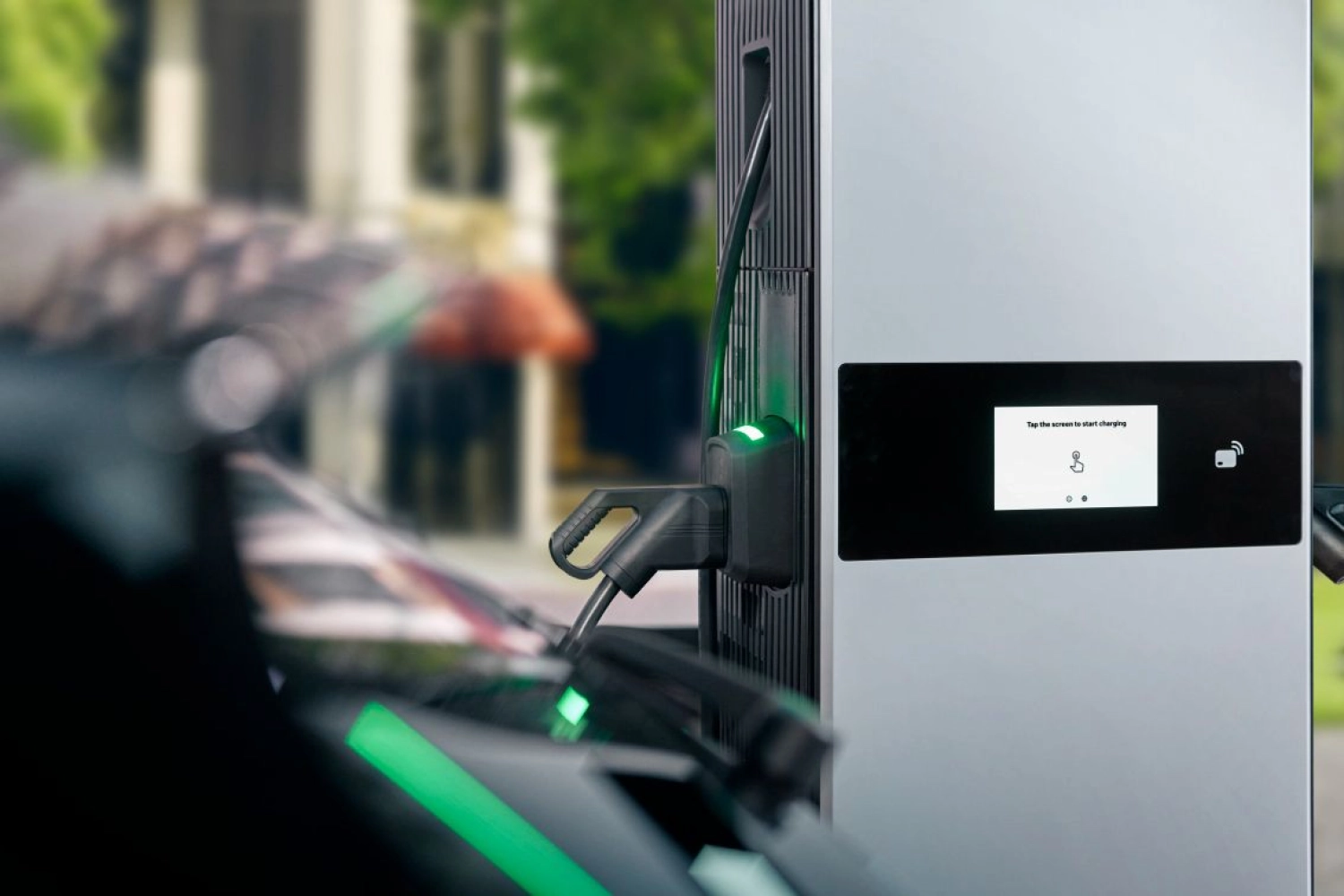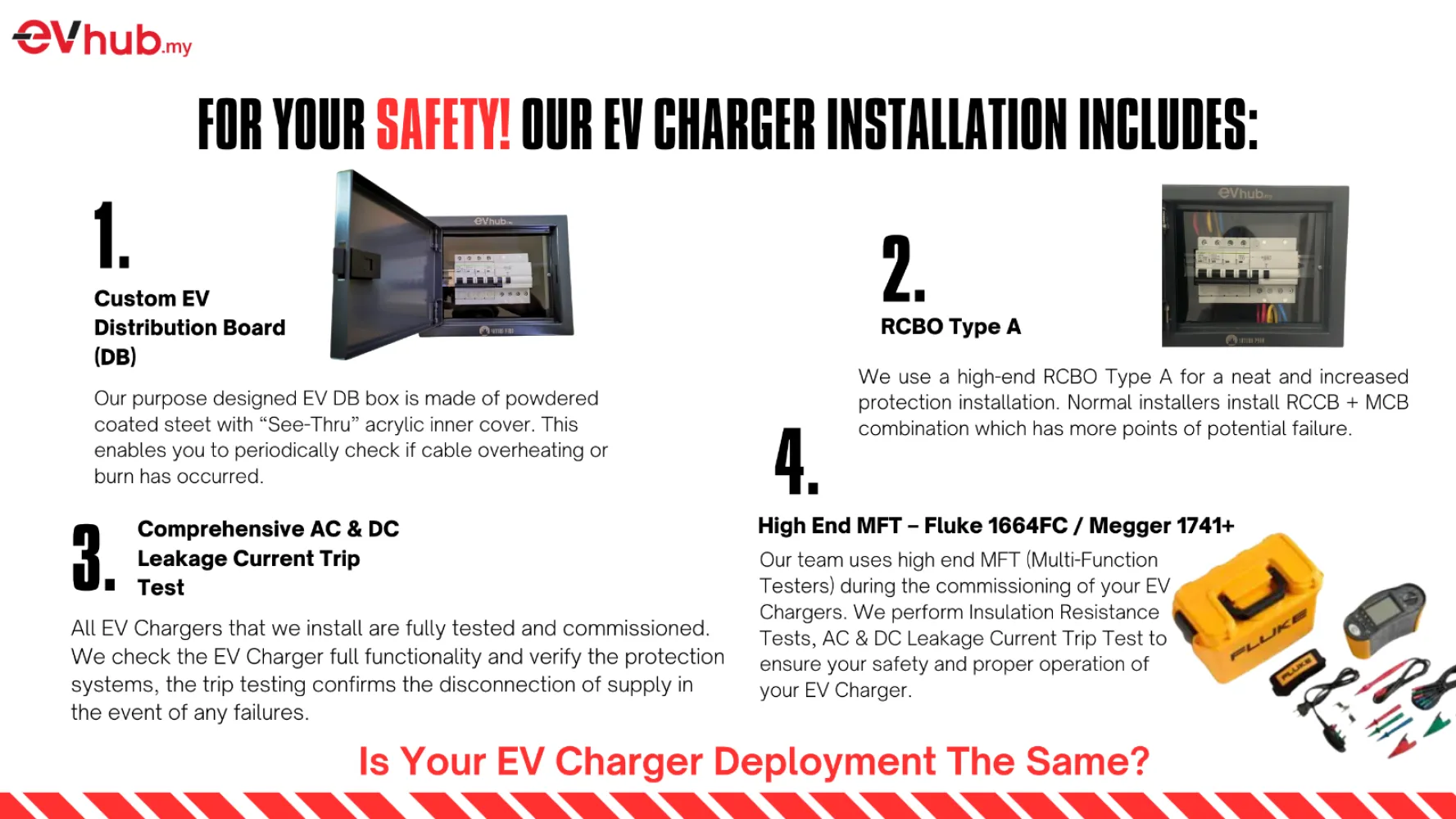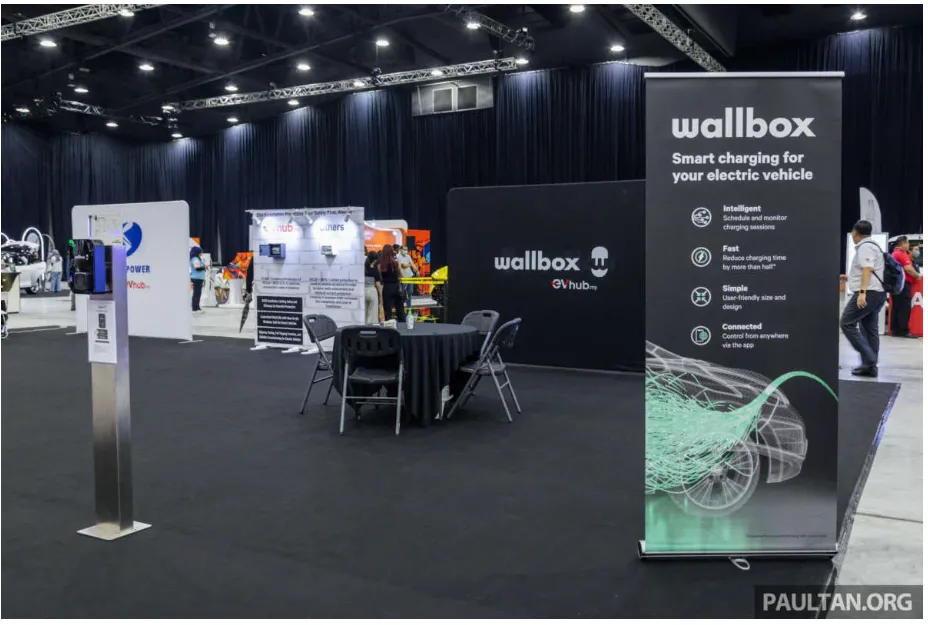Supercharge Your Ride: Unleashing the Lightning-fast Potential of Electric Vehicle Charging
Do you know that some vehicles can operate without using petrol? They go by the name of electric vehicles, or EVs, and they're hip and green. However, occasionally individuals wish their electric vehicles would charge more quickly so they could resume driving. In this article, let's look at how to make electric vehicle charging incredibly quick and fun!
1. Infrastructure for High-Speed Charging:
Visualise travelling with the assurance that there are high-speed charging stations located all over the place. These charging stations, also referred to as DC fast chargers, significantly increase charging speed by using direct current (DC) rather than alternating current (AC). Increasing the number and accessibility of these fast chargers is essential for improving charging efficiency and enabling longer trips with fewer rest stops.
2. Advancements in Battery Technology:
Battery technology advances have made it possible to charge electric automobiles more quickly. The batteries that power these vehicles are developing at an astounding rate. Higher capacity, modern lithium-ion batteries are already making an impact, but that is only the beginning. To advance charging speeds, researchers are currently investigating solid-state batteries and cutting-edge materials. These developments offer greater ranges and better overall performance in addition to quicker charging.
3. Predictive analytics and intelligent charging algorithms:
Charging an electric vehicle (EV) requires more than just plugging it in and waiting. Artificial intelligence (AI)-driven smart charging algorithms are revolutionising the charging process. To choose the best charging approach, these algorithms examine variables including battery health, weather, and grid demand. These algorithms make sure that your EV charges as quickly as possible while ensuring the battery's longevity by utilising real-time data and predictive analytics.
4. Vehicle-to-Grid (V2G) Technology:
Electric cars have the potential to evolve into more than just mobility options and contribute significantly to the power grid. With the use of vehicle-to-grid (V2G) technology, EVs may recharge the grid when they have extra power. Due to this two-way energy flow, EVs can support the grid during times of high demand and take part in demand-response initiatives. V2G technology boosts charging rates while fostering grid sustainability and stability by dynamically balancing grid needs with charging requirements.
5. Advanced Thermal Management Systems:
Charging speeds can be considerably impacted by temperature. Extreme temperatures might hinder charging and reduce the battery's overall effectiveness. Modern thermal management systems actively control the battery's temperature while it is being charged. To keep the battery within the optimal temperature range, these systems use methods like liquid cooling or heating elements. EVs can achieve constant and faster charging rates by maximising the charging environment, regardless of environmental temperature considerations.
The race to optimize electric vehicle charging speed is well underway, and the journey promises to be both thrilling and transformative. By leveraging high-speed charging infrastructure, embracing technological advancements, utilizing intelligent algorithms, and exploring V2G capabilities, we can unlock the lightning-fast potential of EV charging. Furthermore, advanced thermal management systems will ensure optimal charging conditions, making charging a breeze regardless of external temperature factors. As the electric vehicle revolution charges forward, let us embrace these strategies to supercharge our rides and pave the way for a greener, faster future.
18 May 2023












